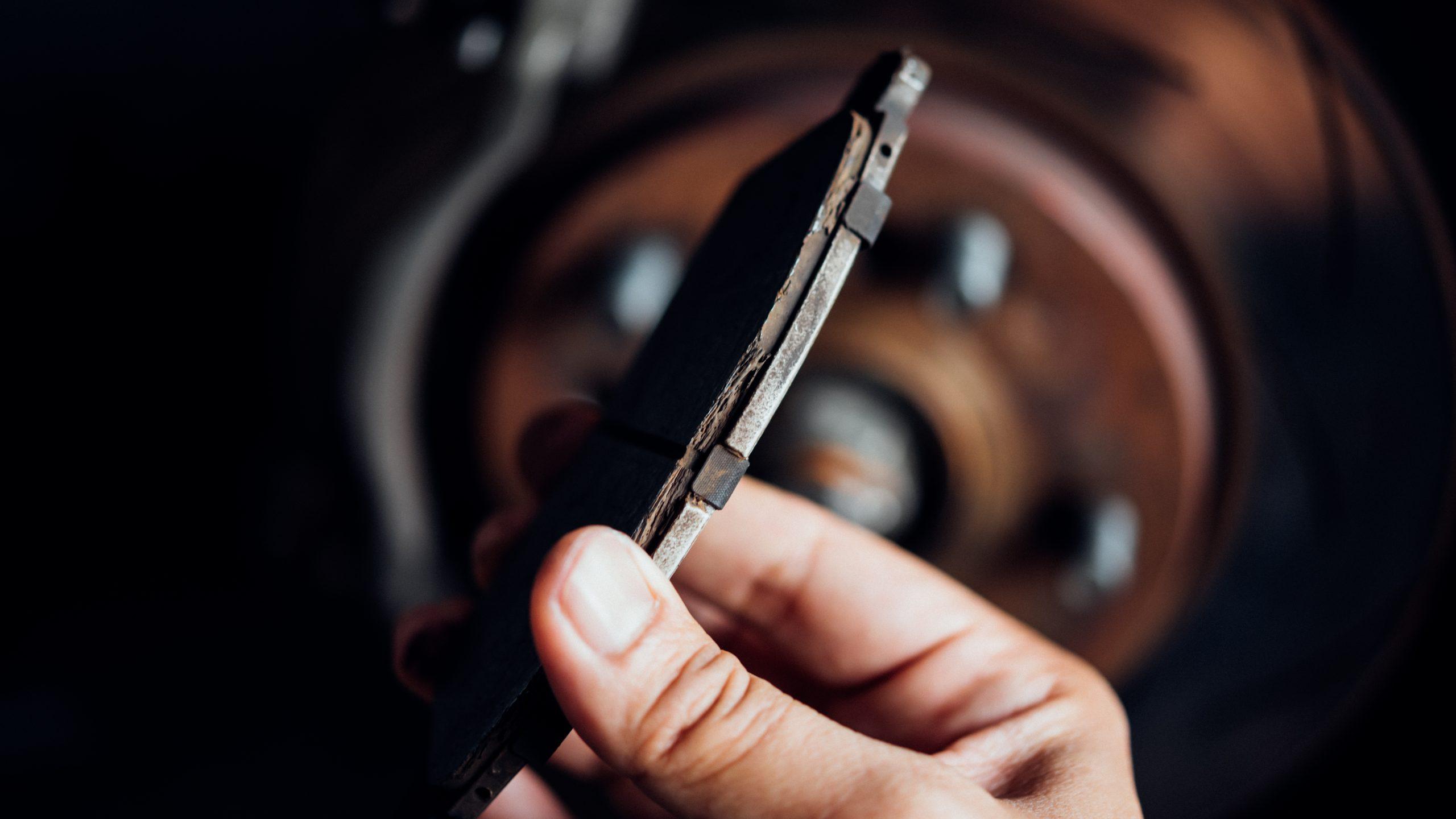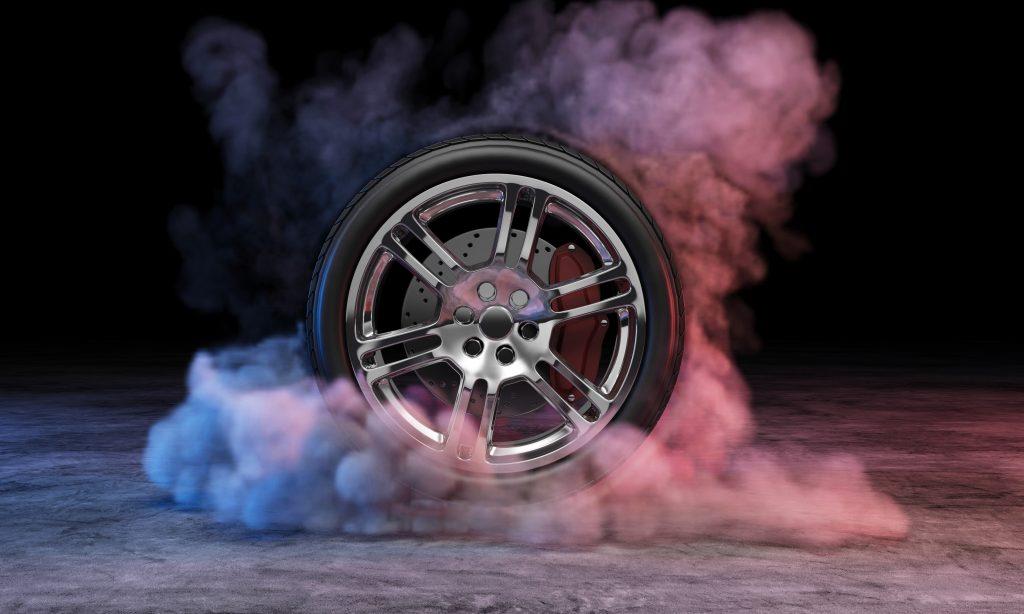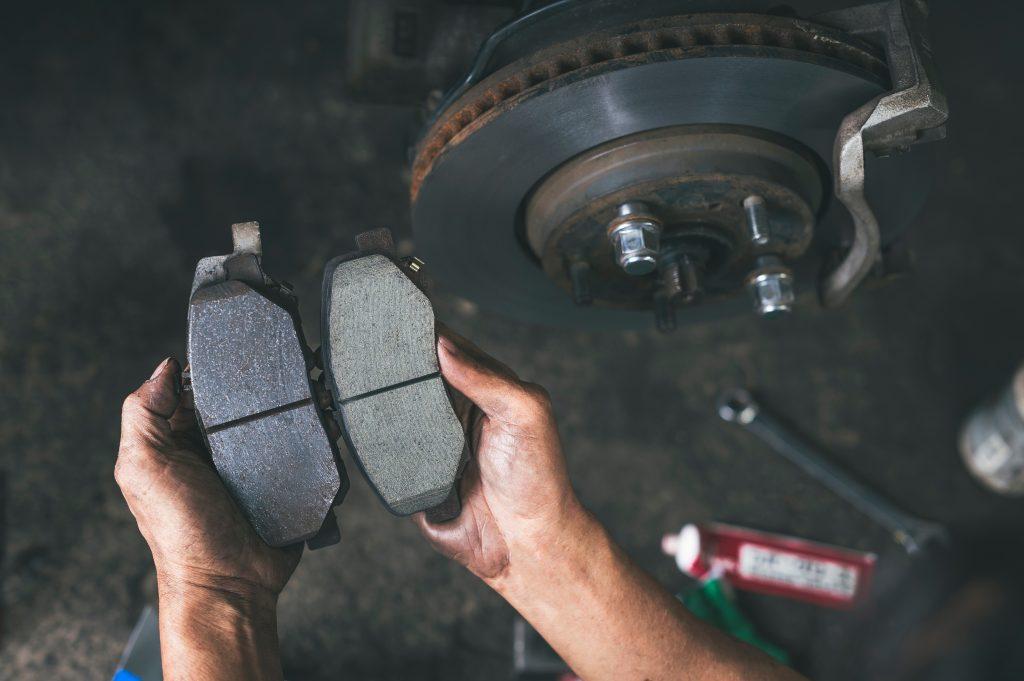
Brake Pads, Surprising Ways Temperature Influences Performance
- Harbor Brakes
- January 9, 2024
- Uncategorized
- brake disc, brake fluid, brake maintenance, brake pads, brake repair, brake rotors, brake service, brakes, pads, rotors
Introduction
Every driver knows the importance of brake pads, but not everyone understands how temperature fluctuations can impact their performance. From scorching summer heat to icy winter chills, your brake pads undergo a lot of stress. Let’s dive into the world of brake pads and discover how temperature plays a pivotal role in their functionality.
Understanding Brake Pads: More Than Just Friction
Before we explore the temperature aspect, let’s unpack what brake pads are. They are not just friction providers; they are the unsung heroes of your vehicle’s safety system. Made from various materials like ceramic, metallic, and organic compounds, each type responds differently to temperature changes.
The Heat Is On: High Temperatures and Brake Pads
1. The Drama of Wear and Tear
Picture this: a hot summer day, you’re driving downhill, and you keep braking. Heat builds up, and your brake pads start wearing down faster than you can say “stop.” Why? The high heat affects the binding agents in the pad material, leading to quicker deterioration.
2. Fade to Black: The Tale of Brake Fade
High temperatures bring a notorious villain into the story – brake fade. This is when your brakes lose their stopping power. It’s like pressing harder on the pedal, but your car just decides it wants to keep rolling. Why does this happen? The excessive heat reduces the friction coefficient of the pads.
3. Crumbling Under Pressure: Material Breakdown
Different pads react differently under heat. While ceramic pads might hold up like a champ, organic ones might start to crumble under pressure, literally. It’s crucial to choose the right warrior for your vehicle battles.

When It Gets Cold: The Chill Effect on Brake Pads
1. The Cold Response: Sluggish Brakes
In freezing conditions, brake pads can become the Sleeping Beauties of the car world – less responsive and sluggish. You hit the brake, but the response is as slow as a sleepy yawn.
2. Hard as Ice: Material Changes
Cold temperatures can turn your brake pads into a hard, less effective version of themselves. Imagine trying to stop your car with a block of ice. That’s your brake pad in winter, not gripping as it should.
3. Rust Never Sleeps: Moisture Issues
Winter brings another foe – moisture. This can lead to rust and corrosion on your brake pads and rotors. It’s like the villain of the story slowly weakening our heroes.
The Hero’s Toolbox: Combating Temperature Effects
Choosing the Right Sidekick: Brake Pad Selection
Just like a superhero needs the right sidekick, your car needs the right brake pads. In hot climates, go for pads that can take the heat. In colder areas, look for ones that won’t freeze up on you.
The Shield of Maintenance
Regular check-ups are your shield against the villains of wear and tear. Keep an eye on those pads, check the brake fluid, and make sure your brakes are always ready for action.
Drive Smart: Your Superpower
Your driving style is your superpower. In hot weather, avoid brake-heavy driving that could heat up the pads. In cold weather, give your brakes time to warm up with gentle driving at the start.
Knowledge Is Power
Understanding your vehicle’s needs is like having a strategic plan in battle. Know what type of brake pads your car needs and how to care for them in different temperatures.
The Future Is Now: Advanced Brake Pad Technologies
With advancements in brake pad technology, we now have materials that laugh in the face of temperature challenges. Ceramic brake pads, for instance, work well in a variety of conditions and are known for their durability and quieter operation.

Safety First: The Ultimate Goal
At the end of the day, it’s all about safety. Ignoring the effects of temperature on your brake pads can compromise your vehicle’s safety, putting you and others at risk.
Environmental Awareness: Beyond the Brake Pad
Remember, it’s not just about temperature. Road conditions, moisture, and even road salt play a part in the health of your brake pads. Stay aware and proactive.
In Conclusion: Staying Ahead of the Curve
Temperature’s impact on brake pads is a story of resilience and adaptation. By understanding these dynamics, you equip yourself to maintain your vehicle’s safety and reliability, no matter the weather. Regular maintenance, informed choices, and adaptive driving are the keys to victory in this ongoing saga.
Call to Action: Join the Harbor Brakes and Auto Repair Family

Are you ready to give your vehicle the hero treatment it deserves? At Harbor Brakes and Auto Repair, we’re more than just mechanics; we’re your trusted partners in automotive care. Whether you need state-of-the-art brake pads, expert advice, or professional maintenance services, our team is here to help. Contact us today and ensure your vehicle is equipped to tackle any temperature with confidence and safety!

